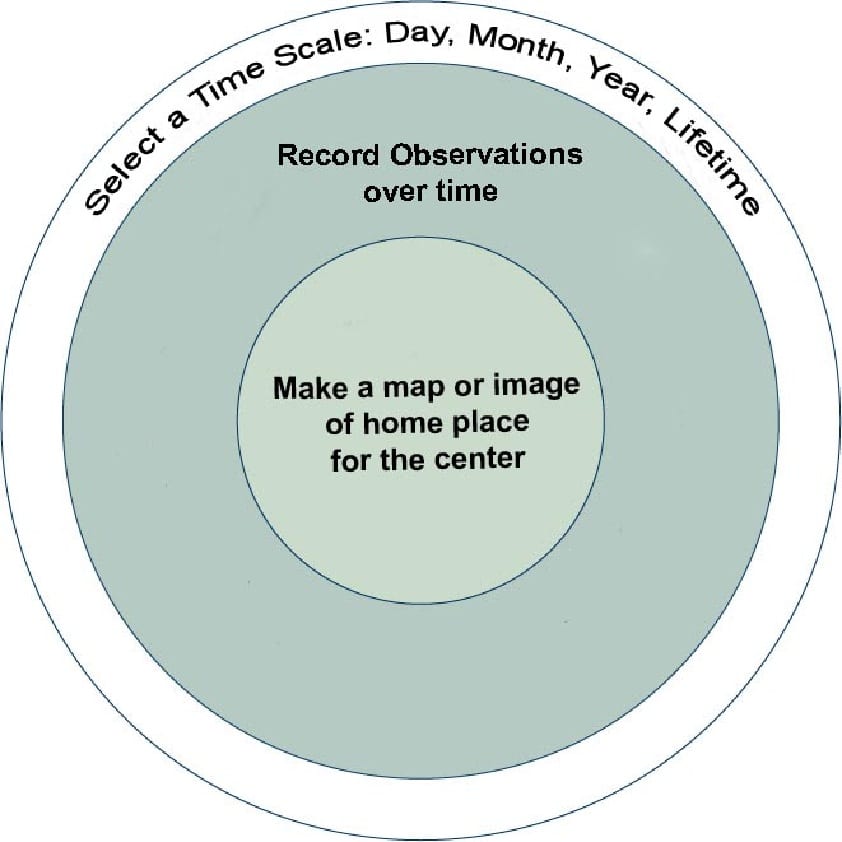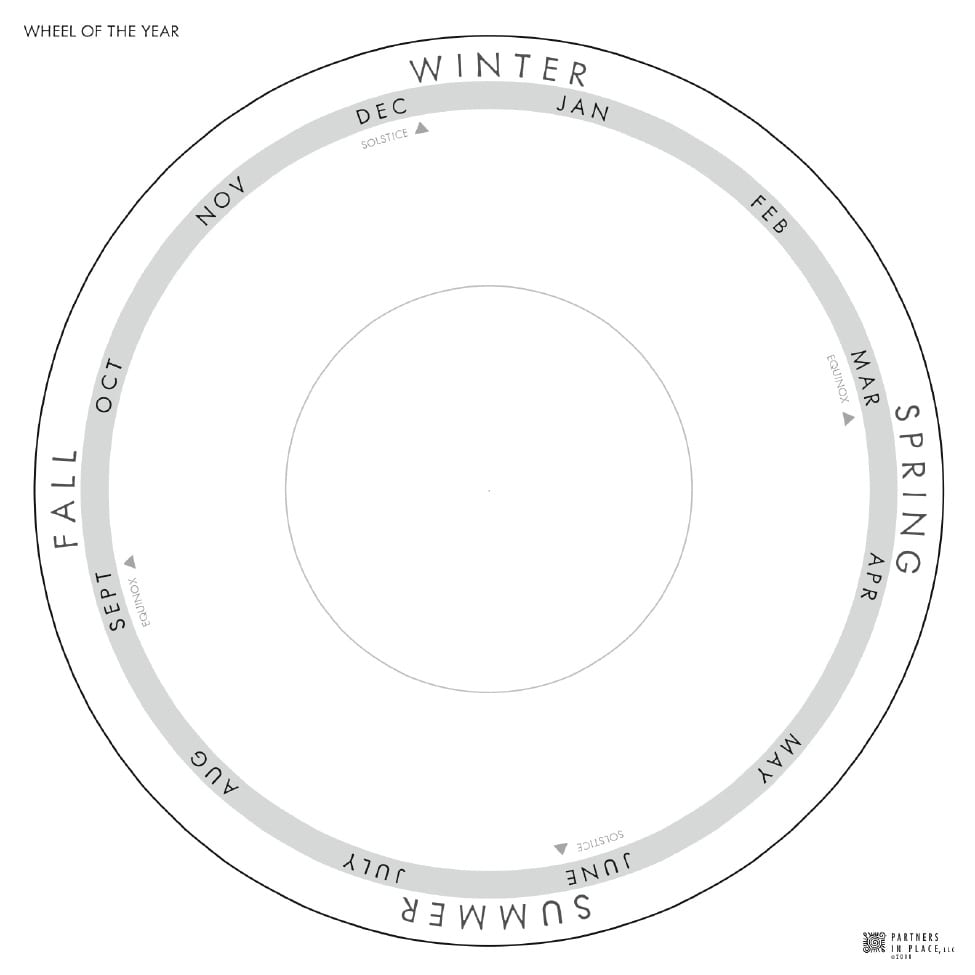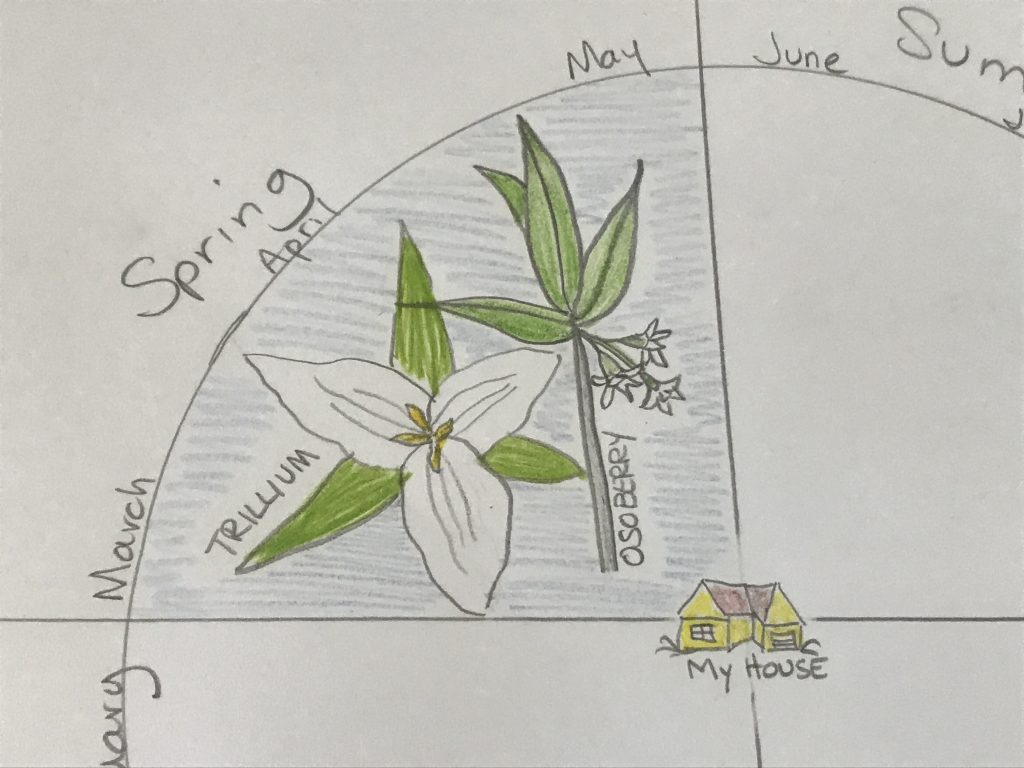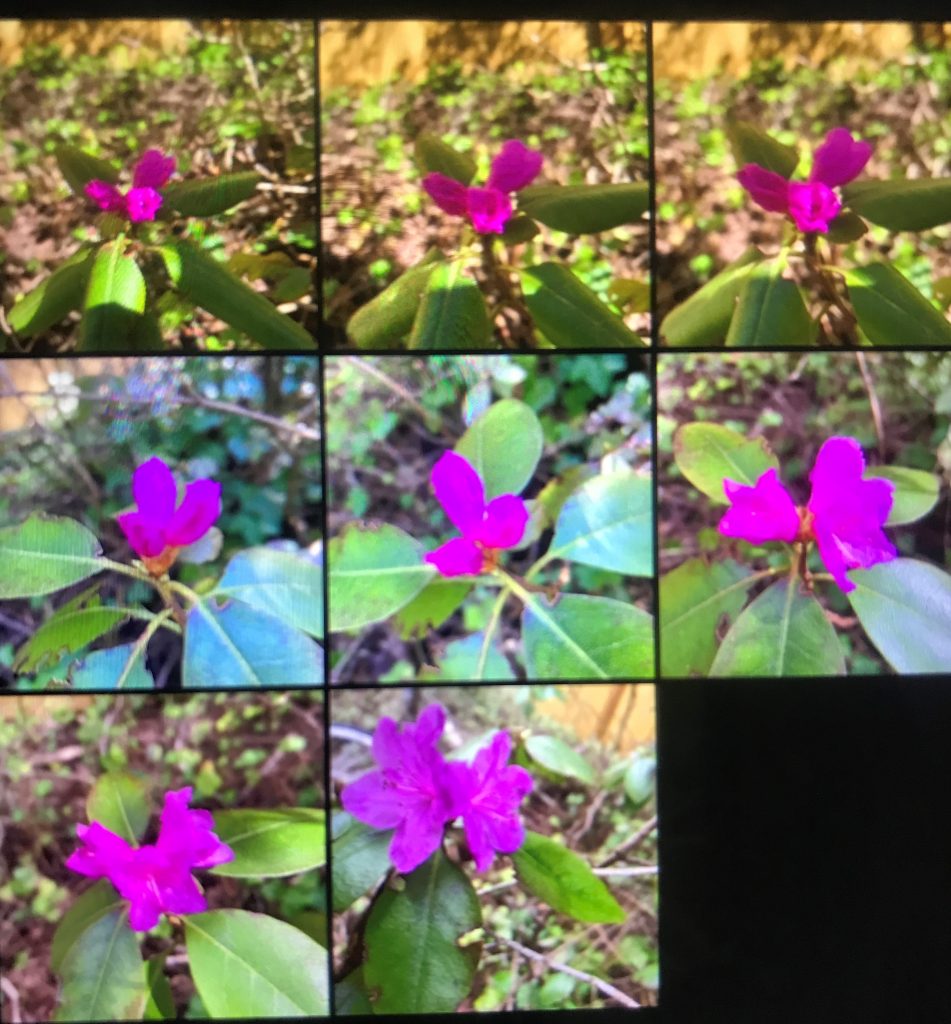Submitted by South Sound GREEN
In the face of COVID-19 and recent stay at home order, parents and guardians may find themselves looking for activities that not only keep students engaged, but also provides information about local environmental science and concerns. In our South Sound GREEN Home Based Science Project series, we will introduce and demonstrate various hands-on and at-home activities for children of all ages to do either indoors or outside!
 Here we are going to talk about how to observe changes in nature and how to create your own nature journal at home.
Here we are going to talk about how to observe changes in nature and how to create your own nature journal at home.
Fun with Phenology
Grade Level: K-8
Materials
- Paper
- Pens/pencils/coloring utensils
- Camera (optional)
Background
 Our world is constantly changing all around us. Here in the Pacific Northwest, we know all too well how different the environment looks from season to season. Taking a snapshot view of our surroundings doesn’t tell us the full picture – to study our environment effectively, we need to make continuous observations over longer periods of time.
Our world is constantly changing all around us. Here in the Pacific Northwest, we know all too well how different the environment looks from season to season. Taking a snapshot view of our surroundings doesn’t tell us the full picture – to study our environment effectively, we need to make continuous observations over longer periods of time.
Phenology is the study of natural plant and animal cycles, and studying phenology allows us to see that full environmental picture. We can use phenology and long-term observations to tell us about changes in animal behavior, biodiversity, and climate change, but only if we have lots of data and know about what has happened in the past.
For example, if we notice that our local osoberry plants, which usually bloom in late winter or early spring, suddenly start blooming in the middle of winter, what could that tell us? By scientifically observing osoberry for decades (and centuries) and determining when it usually blooms, we can understand that blooming in the middle of January is highly unusual, and may mean that this winter is unusually warm, or maybe there was a shift in normal precipitation patterns that made the plants want to bloom earlier. Phenology allows us to make educated claims based on years of scientific data and indigenous knowledge.
Phenology cannot be studied with a single experiment on a single day. This activity is a long term project!
Procedure
(lesson adapted from earthzine.org):
- Find a local green space near your home. Make sure the area is accessible year-round, and try to pick an area that will have minimal human impacts.
- Make initial observations about your green space. Try to be as detailed as possible!
- Use all of your senses (except taste, unless you can confirm with an adult that there are edible plants) to make observations.
- Have you been to this place before? Is it exactly as you remember it? What is different?
- Get up close to some plants (or bugs, if you feel comfortable doing so). Imagine that you were going to describe this plant/bug to an alien that had never even heard of plants or bugs. What would you do to describe it?
- How do you personally feel right now? How is the environment affecting you today?
- How would you like to record your observations? Words and pictures are great! Can you think of any other ways?
- Lastly, make sure you record the date!
- This is going to be your regular observation routine. In order to get reliable results, you want to take the exact same types of observations every time you come back to your green space.
- Find time to come back and make your regular observations. Ideally, you can make your observations daily, but every other day or even every week works as well.
- Option 1: Make a Phenology Wheel with your observations
- Phenology Wheels are used to understand annual (year-to-year) natural cycles by showing the changes in a circular format instead of a linear format.
- Start by drawing three circles, each one inside the previous one (see the example below). The outside will be your time scale. The second region will be where you record your observations. The middle will be a map, drawing, or representative image of your environment.

-
- Apply the time scale to your wheel. This is the total length of time that you made observations.

-
- Add your observations to your wheel. You can choose to represent your observations any way you’d like – some options include drawings, poems, paragraphs, and short stories.

- Option 2: Make a Phenology Picture Book
- When taking your regular observations, take pictures as well. This works best if you can take the pictures from the exact same spot, so find a structure to set your phone/camera on and make sure to always take the picture from there!

-
- At the end of your observations, upload/print your pictures. Make sure your pictures are named/labeled by date so you can keep track of them.
- Organize the pictures into a picture book or slideshow. By flipping between pictures one after another, you can see seasonal environmental changes in just a few seconds!
- Add written observations or drawings to the bottom of your pictures.
Vocabulary:
- Phenology: the study of natural plant and animal cycles
- Biodiversity: the variety of life in the world or particular habitat
- Observations: the action or process of observing something or someone carefully or in order to gain information.
Keep Learning!
- If you can take regular pictures from the same location, you can put those pictures together in a video editor to make a stop-motion movie!
- Find phenology wheel variations and more phenology activities here.
- Use your plant observations to help Budburst, a citizen science organization that uses phenology to study changes in the natural world!
- Improve your outdoor observation skills here.
- Take pictures of your projects and use the hashtag #GREENfromhome to share them with us! Find us on Instagram at @southsoundgreen.
South Sound GREEN (Global Rivers Environmental Education Network) is a watershed education program in Thurston County that educates, empowers and connects thousands of local students in watershed studies annually. Through South Sound GREEN, participants engage in science and engineering practices related to water quality in South Sound. For more information, visit southsoundgreen.org.


















































